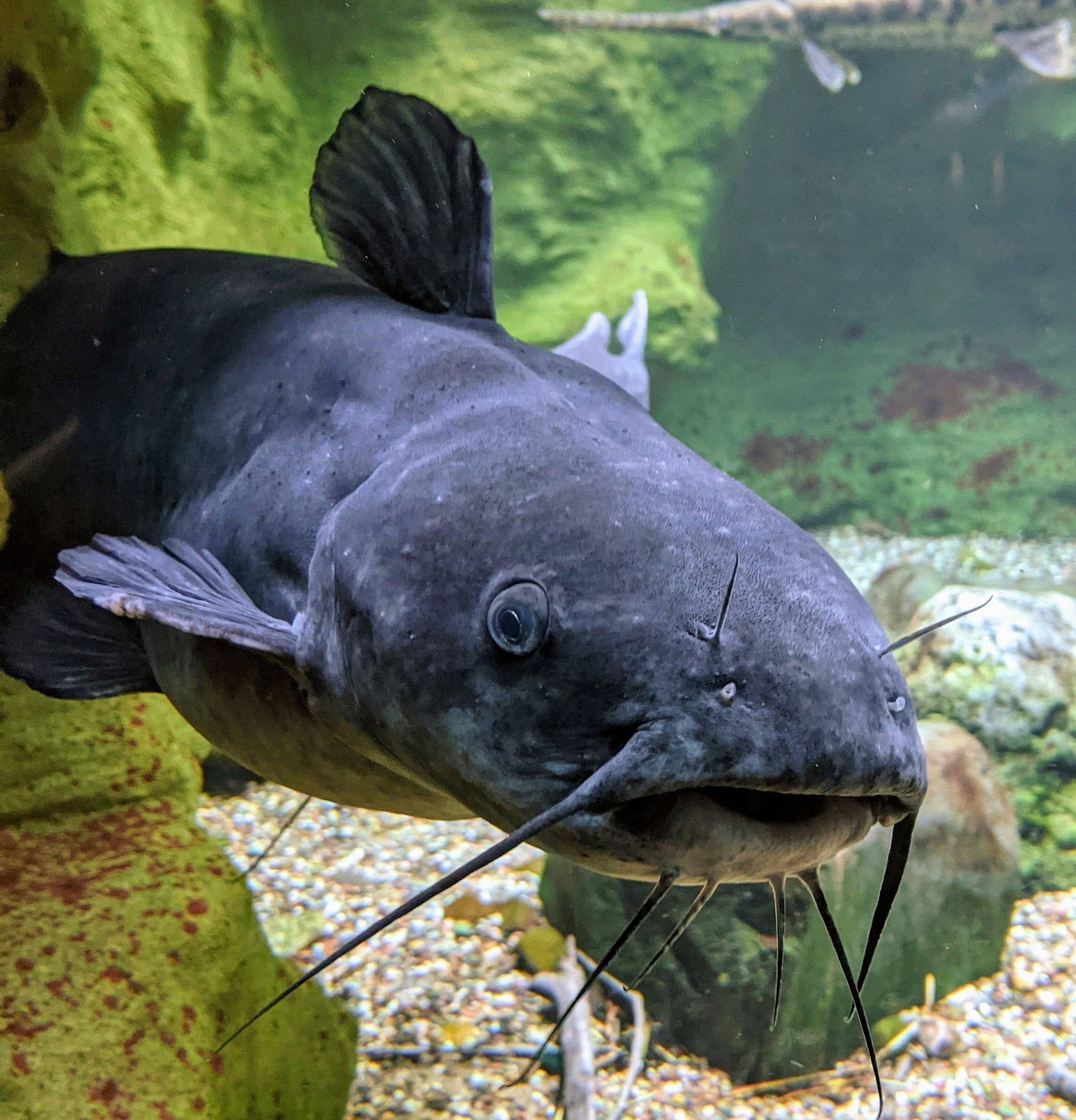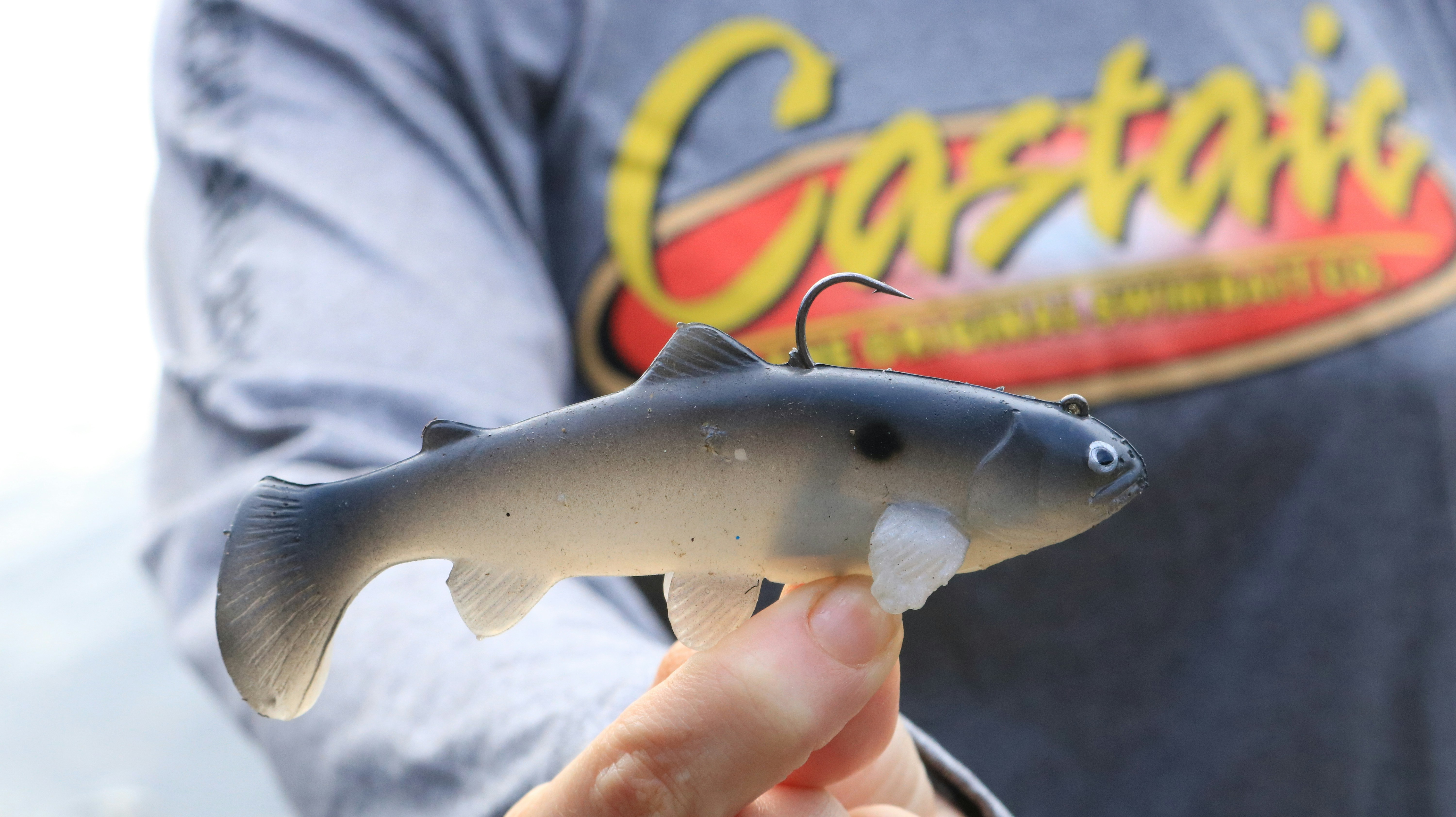Introduction to Catfishing in Texas
Catfishing in Texas is a favored recreational activity, attracting both novice and seasoned anglers alike. The state’s diverse fisheries host a range of catfish species, including the popular channel catfish, blue catfish, and flathead catfish. Each of these species offers a unique angling experience, making Texas waters a prime destination for catfishing enthusiasts.
The appeal of catfishing lies in its accessibility and the thrill of the catch. Many lakes across Texas are well-stocked with catfish, providing ample opportunities for anglers to secure their ideal catch. Furthermore, catfishing can be enjoyed year-round, although certain months provide better chances for success. The spring and early summer months are often considered the prime season for catfishing, as warmer water temperatures stimulate spawning activity, leading to increased fish movement and feeding patterns.
Lakes are particularly favorable locations for this fishing experience due to their ecological characteristics. These bodies of water often contain diverse habitats and structures, such as submerged logs, rocky outcrops, and vegetation, which serve as excellent hiding spots for catfish. Anglers may find success using various fishing techniques, such as bait fishing or rod and reel setups, tailored to the specific species they wish to target. Additionally, having the correct gear and knowledge about local regulations is essential for ensuring a productive fishing experience while remaining compliant with state laws.
Texas imposes certain general fishing regulations aimed at preserving fish populations and promoting sustainable practices. These regulations specify size and bag limits that are crucial for maintaining the health of the lakes. Understanding these rules is important for every angler to enjoy their catfishing adventures while contributing to the conservation of Texas’ valuable aquatic resources.
Lake Livingston: A Catfisher’s Paradise
Lake Livingston, situated in East Texas, stands as one of the largest lakes in the state, encompassing an impressive surface area of approximately 39,000 acres. This expansive body of water is fed by the Trinity River and offers a unique ecosystem that is very conducive to fishing, particularly for catfish enthusiasts. The lake’s geographical features, including its numerous coves, submerged structures, and varying depths, contribute to its reputation as a catfisher’s paradise.
The lake is populated with an abundance of channel catfish and blue catfish. The channel catfish, known for their strikingly deep forked tails and adaptability to various environments, are plentiful throughout the lake. Conversely, blue catfish, noted for their size and strength, can reach impressive weights, making them a prized catch. Anglers can expect to find these species throughout the lake, often congregating near piers, submerged trees, and rocky shorelines. This diversity ensures that fishing remains productive throughout the year.
To optimize catfishing success at Lake Livingston, it is essential to adopt effective fishing strategies. Many seasoned anglers recommend using baits such as chicken liver, cut shad, or stink bait, which have consistently proven effective in luring catfish. Additionally, fishing during the twilight hours – early morning or late evening – tends to yield the best results, as catfish are more active and feeding during these times.
Lake Livingston is equipped with various facilities that cater to fishing activities, including boat ramps, designated fishing areas, and several campgrounds. These amenities enhance the overall fishing experience, providing anglers with the necessary resources for a productive day on the water. Overall, Lake Livingston is an exceptional destination for catfishing, combining geographical advantages with a robust population of catfish species.
Lake Texoma: A Premier Destination
Lake Texoma, located on the Texas-Oklahoma border, is widely recognized as one of the premier catfishing destinations in the region. Spanning over 89,000 acres, this expansive lake offers ample opportunities for anglers to pursue trophy-sized catfish. The lake’s warm waters create an ideal habitat for various primary species, predominantly channel catfish, along with a significant presence of blue catfish and flathead catfish. These species are highly sought after due to their size and the exhilarating challenge they present to fishing enthusiasts.
The reputation of Lake Texoma for catfishing is bolstered by its vast and diverse structure, which includes rocky shorelines, submerged islands, and deep channels. Anglers often find success in targeting these areas, particularly where baitfish congregate. The best fishing seasons typically occur during the spring and fall months when catfish are more active and feeding aggressively. Springtime, especially around spawning season, is particularly advantageous, as catfish move into shallow waters to spawn.
Where and how anglers fish are critical to success on Lake Texoma. Utilizing techniques such as jug fishing, rod and reel, or trotlines can yield remarkable results. A popular method involves drifting the waters using live bait, which attracts catfish effectively. Additionally, the use of cut bait is considered an excellent strategy for enticing larger catfish.
Lake Texoma also hosts numerous catfishing tournaments throughout the year, providing both a competitive and community atmosphere for participants. These events not only showcase the skill of local anglers but also promote the preservation of the lake’s aquatic ecosystem. Overall, Lake Texoma is an iconic destination for those seeking a rewarding catfishing experience and continues to attract fishing enthusiasts from near and far.
Richland Chambers Reservoir: A Hidden Gem
Richland Chambers Reservoir is often referred to as a hidden gem within the Texas catfishing community. This expansive body of water covers approximately 43,000 acres and features a diverse range of habitats that attract various species of catfish, making it an ideal location for fishing enthusiasts. The lake’s clear waters are consistently maintained, providing a healthy environment for catfish to thrive. The constant inflow of fresh water, combined with vegetation and submerged structure, creates an inviting ecosystem that fosters strong fish populations.
Anglers can expect to find two primary types of catfish in Richland Chambers: channel catfish and blue catfish. These species are well-known for their fighting ability and palatable flesh, attracting both novice and seasoned fishers. Channel catfish are particularly abundant, providing ample opportunities for a successful outing. Moreover, the blue catfish, which can reach impressive sizes, offer a thrilling challenge for those seeking a more intense fishing experience.
Fishing methods at Richland Chambers vary, with many local anglers recommending techniques such as drift fishing, anchored fishing, or utilizing jugs. Additionally, bait choices like cut shad, dough balls, and natural baits can yield favorable results. Newcomers to the lake should consider consulting local fishing guides or joining community forums to gain insight and tips for the best fishing spots and times. The welcoming local fishing community often shares valuable information on seasonal patterns, making it easier for first-timers to enhance their catfishing experience.
In conclusion, Richland Chambers Reservoir stands out as a compelling destination for catfishing in Texas, offering a rare combination of water quality, diverse fish species, and supportive local anglers. Whether you are a beginner or an experienced fisher, this hidden gem is undoubtedly worth exploring for a rewarding catfishing adventure.
Lake Fork: A Catfishing Hotspot
Lake Fork, located in Wood and Rains counties, is often hailed as one of the premier fishing destinations in Texas, particularly for catfishing enthusiasts. While the lake is well-known for its impressive bass population, it also offers a rich habitat for catfish, making it a dual appeal for anglers. The unique characteristics of Lake Fork, such as its diverse structure, ample cover, and varying depths, provide ideal conditions that attract channel catfish and flathead catfish alike.
The lake’s submerged structures, including timber, brush piles, and creek channels, serve as excellent ambush points for catfish. These areas are particularly effective for anglers seeking the thrill of a catfish catch. The cover not only provides safety for catfish but also offers habitats teeming with bait fish, further enhancing the fishing prospects in this area. Anglers should focus on fishing around these structures, especially during the early morning and late evening, when catfish are most active.
As for bait selection, using cut bait or live bait such as shad or worms tends to yield impressive results at Lake Fork. Additionally, prepared baits specifically designed for catfish can also be effective. Techniques such as bottom fishing with a slip sinker rig, or float fishing using bobbers, are highly recommended for maximizing success. It is advisable for anglers to be patient and versatile, adapting to the preferences of the catfish as conditions change throughout the day.
Furthermore, safety and compliance with local fishing regulations should always be prioritized. Whether it’s wearing a life jacket, staying hydrated, or being mindful of boating laws, preparing adequately for a fishing trip to Lake Fork ensures both enjoyment and security. Overall, Lake Fork stands as a testament to Texas’s rich fishing heritage, providing an exceptional environment for catfishing that attracts anglers from near and far.
5. Canyon Lake: Scenic Fishing Opportunities
Canyon Lake is a gem situated in the Texas Hill Country, renowned for its stunning landscapes and diverse fishing opportunities, including an abundance of catfish. The lake was formed through the construction of a dam on the Guadalupe River and spans approximately 8,240 acres, making it one of the largest reservoirs in the region. Anglers flock to Canyon Lake not only for its picturesque shoreline, complete with rolling hills and clear blue waters but also for the thriving catfish population that inhabits its depths.
The two primary species of catfish found in Canyon Lake are the channel catfish and the flathead catfish. Channel catfish are particularly favored due to their high numbers and accessibility, being present in various sizes throughout the lake. Flathead catfish, although less common, can reach significant sizes and offer a challenging experience for anglers looking for larger catches. Both species thrive in Canyon Lake, lending to the allure for catfish enthusiasts seeking a successful fishing day.
When planning a fishing excursion at Canyon Lake, certain locations stand out as prime spots for catfishing. Areas near the dam and submerged structures, such as fallen trees or rock formations, provide excellent hiding places for catfish and are often hotspots for successful fishing. Early morning and late evening are typically the best times to fish, as catfish are more active during these hours, searching for food.
Additionally, the serene setting of Canyon Lake enhances the overall fishing experience. Anglers can enjoy breathtaking views of the natural beauty surrounding the lake, from lush vegetation to rugged hills, creating a tranquil atmosphere that complements the pursuit of catfishing. To increase the likelihood of a great catch, utilizing live bait such as worms or minnows, along with proper fishing techniques, will ensure an enjoyable visit to this exceptional destination.





Leave a Reply